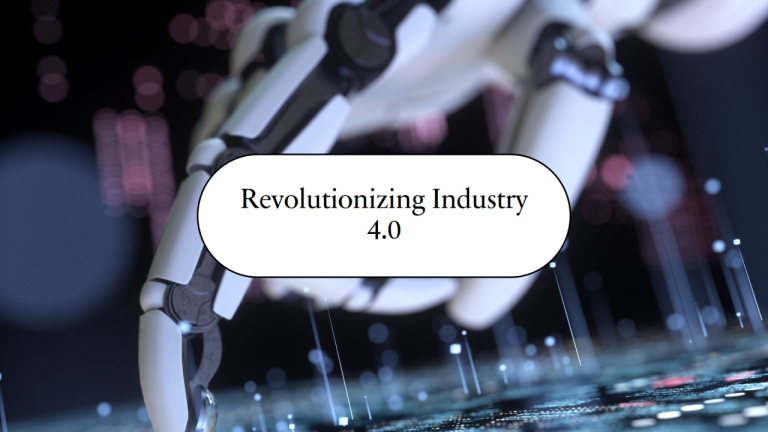The recent acquisition of a major gold mine has underscored growing concerns about the increasing risks in the mining sector. As global demand for precious metals like gold remains high, mining companies are rushing to acquire new assets to meet market needs. However, these acquisitions often come with significant challenges, including environmental concerns, fluctuating commodity prices, regulatory hurdles, and the well-being of workers. This deal, while lucrative on the surface, serves as a stark reminder that the mining industry, particularly in high-risk sectors such as gold mining, is fraught with both operational and ethical risks.
The Complexities of Gold Mine Acquisitions
The acquisition of gold mines can be seen as a strategic move in an industry that faces continuous pressure to increase production and profits. Gold is considered a safe-haven asset, and as a result, the demand for gold continues to rise amid global economic uncertainties. Mining companies seeking to expand their portfolios and secure a stable supply of gold often look to acquire both operational and exploration-stage mines. However, while these acquisitions can offer substantial financial rewards, they often come with a range of challenges that can amplify the risks faced by companies.
One of the major factors that complicate gold mine acquisitions is the high capital expenditure required to develop and maintain these assets. Many gold mines, particularly those in remote or challenging locations, require significant investments in infrastructure, equipment, and personnel. The cost of meeting these demands can be unpredictable, with expenses often exceeding initial estimates due to environmental conditions, unforeseen challenges in extraction, or rising labor costs. Moreover, in regions where political instability or regulatory changes are common, companies face additional financial risks that may threaten the viability of their investments.
Environmental and Regulatory Challenges
Gold mining, particularly in areas with limited infrastructure or regulatory oversight, often raises serious environmental concerns. The extraction process, especially when it involves the use of cyanide or mercury, can lead to severe environmental degradation, including water contamination, habitat destruction, and long-term soil pollution. These environmental risks have been amplified in recent years as communities and governments push for stronger environmental protections and greater corporate accountability in the mining sector.
The potential for environmental damage has led to a growing body of regulations and scrutiny from both governments and environmental groups. A gold mine acquisition in a region with strict environmental laws or unstable regulatory environments can significantly increase a company’s risk profile. The mining company must navigate a complex web of permits, environmental impact assessments, and potential legal challenges from local communities or activists. Failure to comply with these regulations can result in costly fines, legal battles, or even the forced shutdown of operations.
In some cases, acquired mines may be located in areas where local opposition to mining operations is fierce. Whether due to concerns about land rights, water resources, or cultural heritage, these community-driven challenges can lead to protests, delays, or even expropriation of assets. Thus, companies must consider not only the financial and operational aspects of the acquisition but also the social and environmental dimensions that may significantly impact the project’s success.
Labor and Health Risks in the Mining Sector
In addition to environmental and regulatory challenges, labor issues represent another significant risk when acquiring a gold mine. Mining, by nature, is a labor-intensive industry, and gold mines are no exception. The physical demands placed on workers in gold mining operations—especially in deep or remote mines—pose considerable health and safety risks. Long working hours, exposure to toxic substances, and the inherent dangers of underground mining increase the likelihood of accidents and injuries.
Furthermore, workers in mining communities often face inadequate healthcare, poor living conditions, and low wages, contributing to significant social unrest. The acquisition of a mine, particularly in a region where labor rights are underdeveloped or labor unions are weak, can trigger conflicts between companies and local workers. Disruptions due to strikes, protests, or health concerns can not only delay production but also lead to reputational damage, particularly in the global mining sector, where companies are expected to meet certain ethical and social responsibility standards.
One of the most pressing issues in the mining sector is the mental health of workers. The stressful nature of mining, coupled with isolation and dangerous working conditions, can lead to high levels of anxiety, depression, and substance abuse. Companies that acquire gold mines must ensure they provide adequate health and safety programs for their workers, including mental health resources, to mitigate these risks.
Market Volatility and Commodity Prices
Another risk associated with gold mine acquisitions is the volatility of commodity prices. Gold prices fluctuate due to a variety of global economic factors, including inflation rates, interest rates, geopolitical tensions, and fluctuations in the value of the U.S. dollar. While gold is often seen as a stable investment, its price can still experience significant swings that impact the profitability of mining operations.
For companies acquiring gold mines, this volatility can present both an opportunity and a challenge. On one hand, a rise in gold prices can lead to higher profits and make previously unprofitable mines more attractive. On the other hand, a decline in gold prices can render extraction operations less viable, particularly for high-cost or marginal mines. This price uncertainty makes it difficult to predict the long-term financial viability of an acquisition and can create significant financial strain if market conditions turn unfavorable.
The Ethical and Social Responsibility Considerations
Acquiring a gold mine often requires a careful evaluation of not just the financial and operational risks but also the ethical implications of the acquisition. In many parts of the world, gold mining takes place in areas with complex social and political landscapes. The rights of indigenous peoples, land ownership issues, and the impact on local communities are critical factors that can’t be overlooked.
Mining companies are increasingly expected to operate with a high degree of social responsibility. The public, investors, and even governments are demanding more transparency in mining operations, especially with regard to environmental protection, labor rights, and community engagement. Companies that fail to meet these expectations may face reputational damage, legal challenges, or even boycotts of their products. As such, mining companies must ensure that their acquisitions align with both local and international standards for corporate social responsibility.
Conclusion
The acquisition of a gold mine is a complex, high-stakes decision that comes with numerous risks. While the financial rewards can be substantial, the challenges—ranging from environmental and regulatory concerns to labor disputes and market volatility—are significant. As the mining industry faces growing scrutiny over its impact on the environment, workers, and communities, companies must adopt comprehensive risk management strategies and prioritize sustainability and social responsibility. By doing so, they can not only protect their investments but also contribute to a safer, more ethical, and environmentally responsible mining sector. Ultimately, a careful, holistic approach to acquisitions can help mitigate the risks and ensure that the mining industry continues to play a pivotal role in the global economy without compromising the well-being of its workers or the environment.


